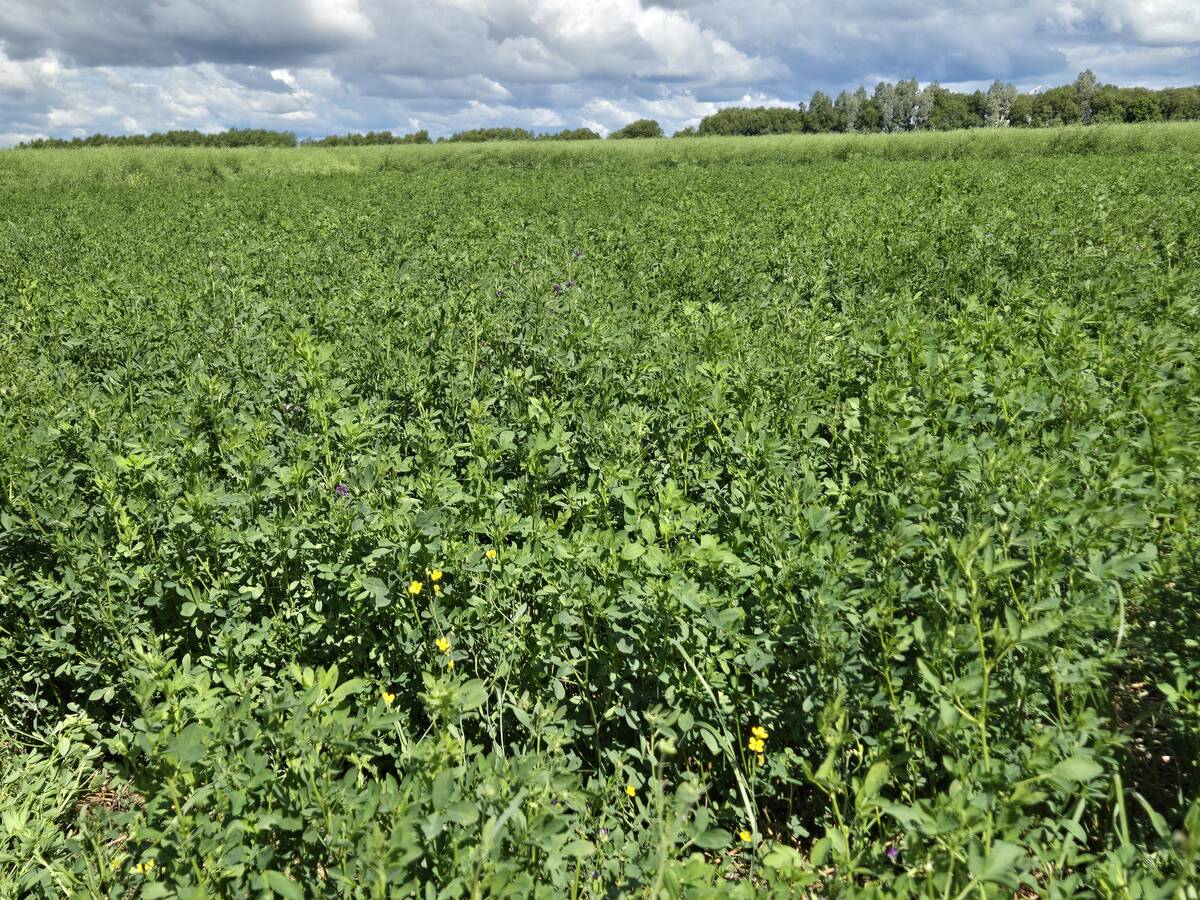Recent research into phosphorus mobility and movement has resulted in a runoff prediction model for the livestock industry. The model is designed to assure the public that Western Canada’s livestock industry is responsible and sustainable, particularly when it comes to protecting water quality.
“Our research has led to the development of a model that can predict phosphorus runoff from agricultural operations … which will give producers greater ability to manage their own operations sustainably,” said Dan Heaney, former head of agronomy at the plant industry division of Alberta Agriculture.
Read Also

Manitoba Parkland research station grapples with dry year
Drought conditions in northwestern Manitoba have forced researchers at the Parkland Crop Diversification Foundation to terminate some projects and reseed others.
“As well, it has resulted in solid conclusions about the suitability of current agronomic soil tests for measuring phosphorus.”
Research conducted in Alberta in the late 1990s showed that phosphorus levels in surface water were often too high, especially in areas of moderate or high agricultural activity.
However, that research did not evaluate the specific agricultural activities that might have contributed to the high levels.
As such, producers were left without concrete information on managing their operations in a way that might reduce phosphorus loading following manure application.
“If the livestock industry in this province wants to be sustainable while undergoing expansion, it needs site specific management tools for phosphorus, and phosphorus mobility and movement,” Heaney said.
“We’re confident our research will put the industry well on its way to being able to assess the risk of phosphorus movement and mobility, and what it means for siting operations and managing existing ones.”
In the first phase of the research, more than 50 representative soils were collected from farmers and research plots throughout Alberta.
Researchers compared soil tests and then performed a number of tests to characterize soils that had received manure, to determine the phosphorus sorption capacity of the different soils and to quantify how phosphorus levels change in soil tests following manure application.
“Our research demonstrated that different soil types vary widely in their ability to absorb phosphorus and that their ability to absorb phosphorus is site-specific and could be mapped for most of Alberta. For producers, this can help in siting decisions,” said Heaney.
“We also found that the use of agronomic soil tests in phosphorus mobility assessment works well. While tests extract phosphorus in different ways, we found that producers can use one of several commonly available tests and get useful information.”
Once researchers were confident they had a solid understanding of Alberta soils and their ability to handle phosphorus, they initiated studies on runoff, looking at the interaction between soil and rainfall and snowmelt. Researchers then used all of the information gathered to develop an Edge of Field Phosphorus Export Model, or EFPEM.
“The EFPEM takes into account environmental variables of a specific site – including landscape, soil test results, soil type information and weather data – in order to predict how much phosphorus will be exported from the land following manure application. We input the variables, run the model and it comes up with an outcome.
“Eventually, as it evolves, the modelling system will be able simulate different management practices and how that might influence runoff, for example, incorporation versus injection manure application,” said Heaney.
Producers are not now using the EFPEM, but that doesn’t mean there aren’t immediate benefits, he added.
“Overall, the research has given us a greatly expanded knowledge base about phosphorus, its movement and mobility. We also gained a greater understanding of the different soil types in Alberta, which led to conclusions about where manure should and should not be applied.
“That’s good news for Alberta’s livestock industry if it wants to remain responsible, sustainable and accepted by the general public.”
The research project was funded in part by the Canada Alberta Beef Industry Development Fund, a joint $16.4 million fund.
















